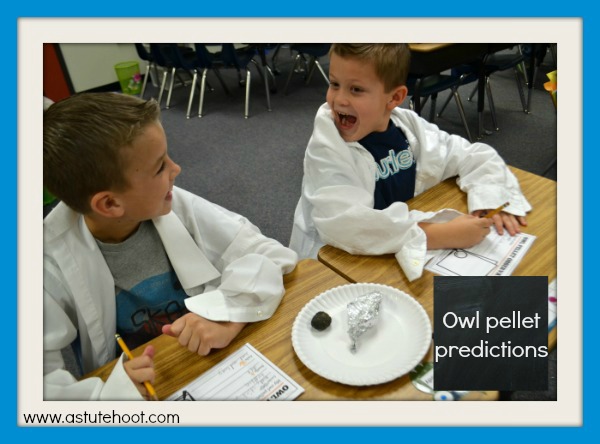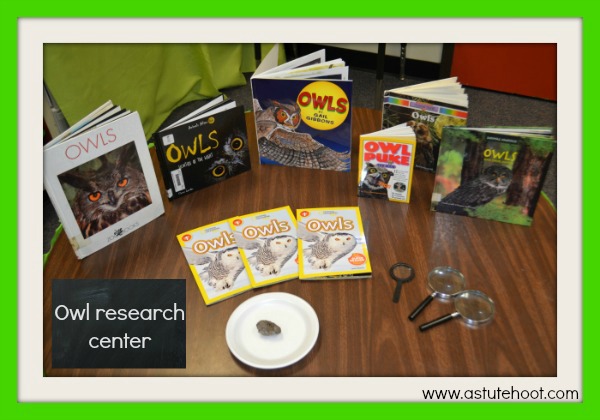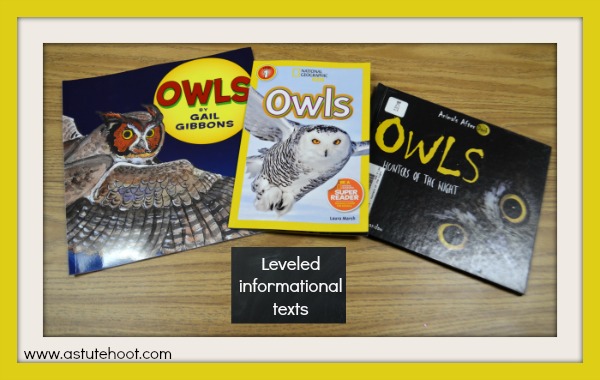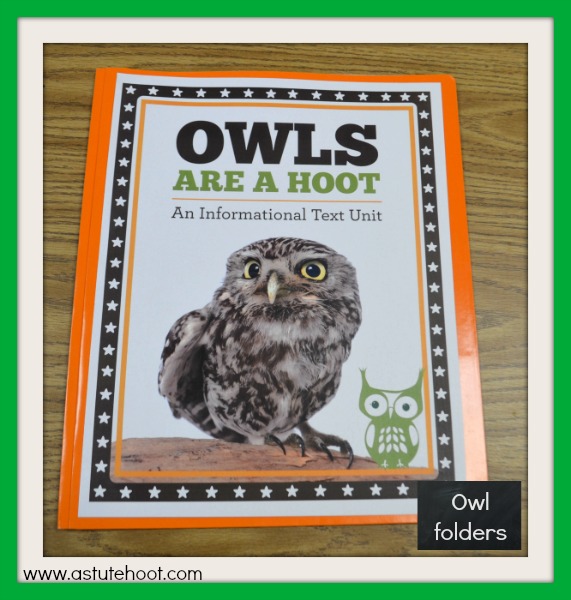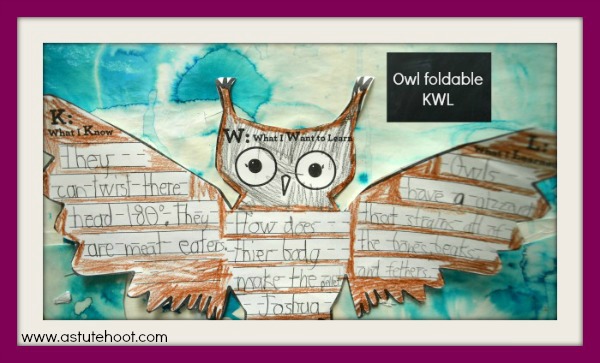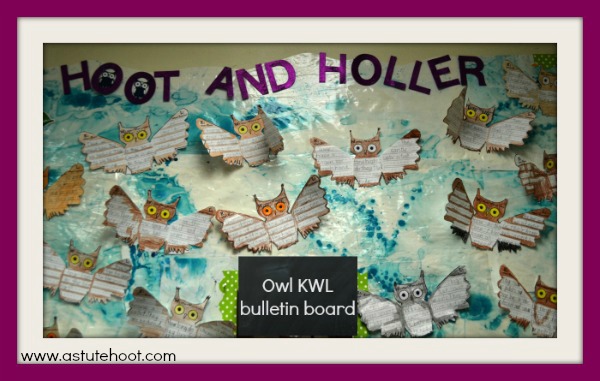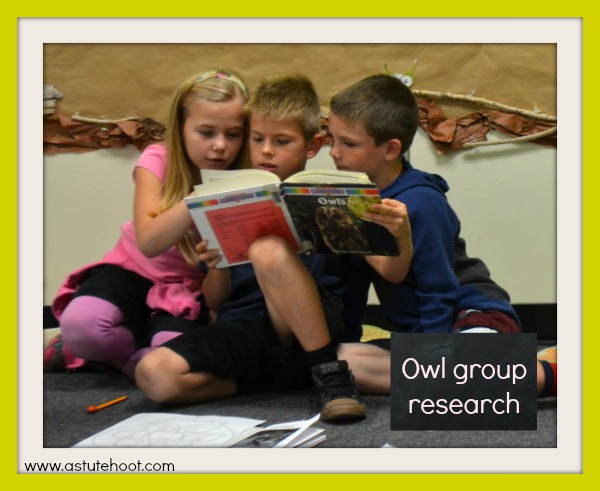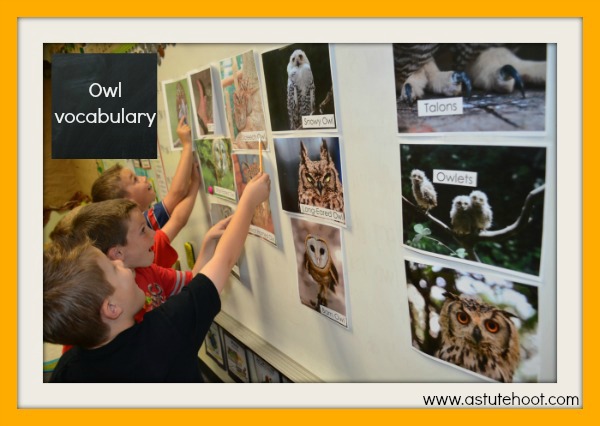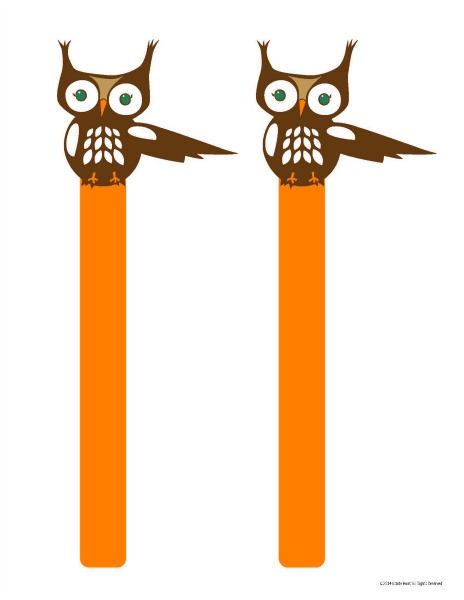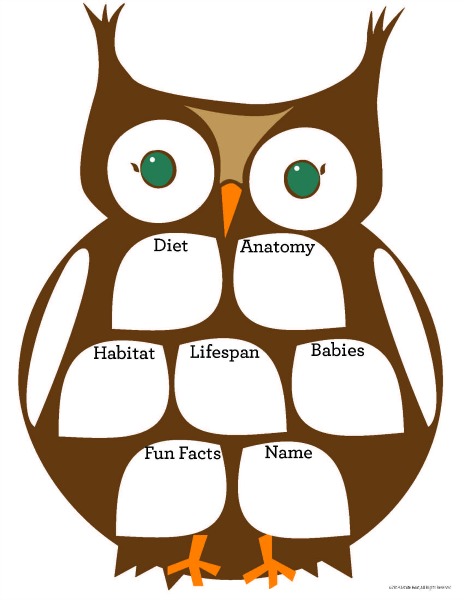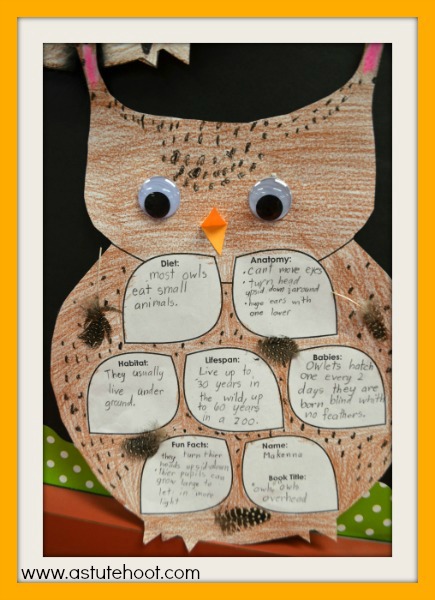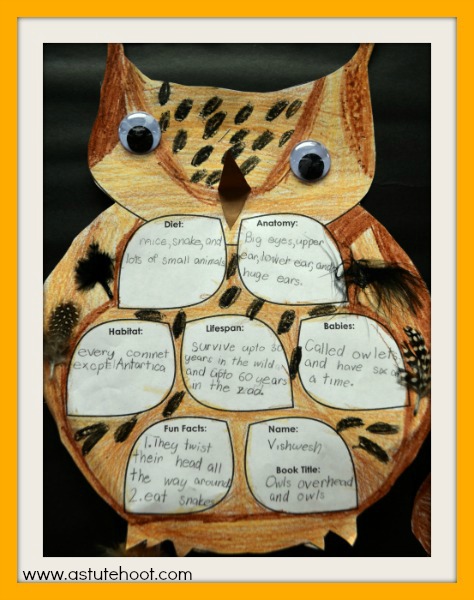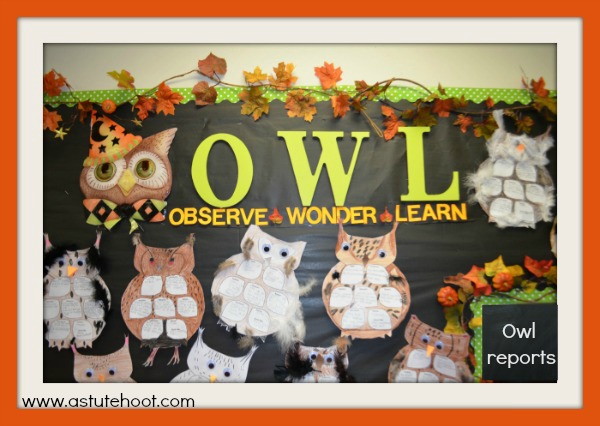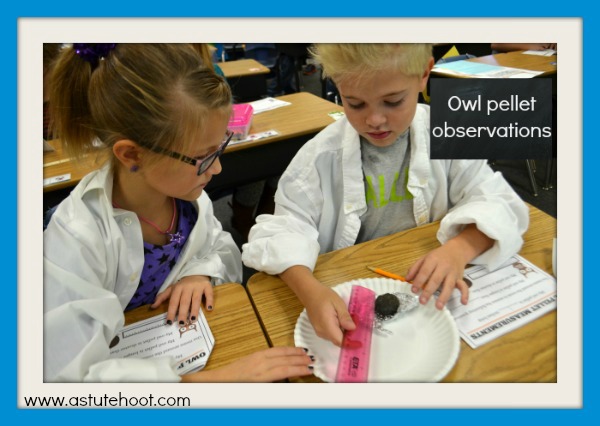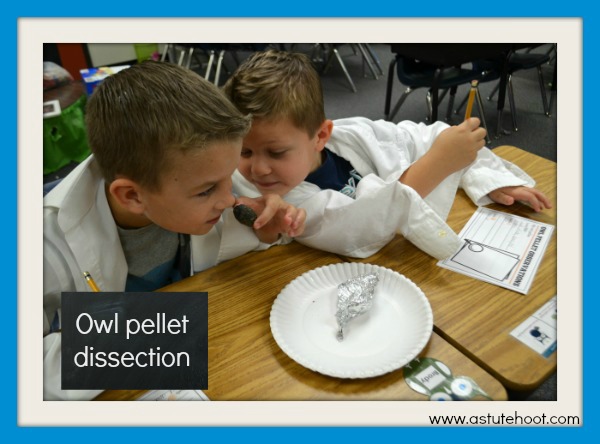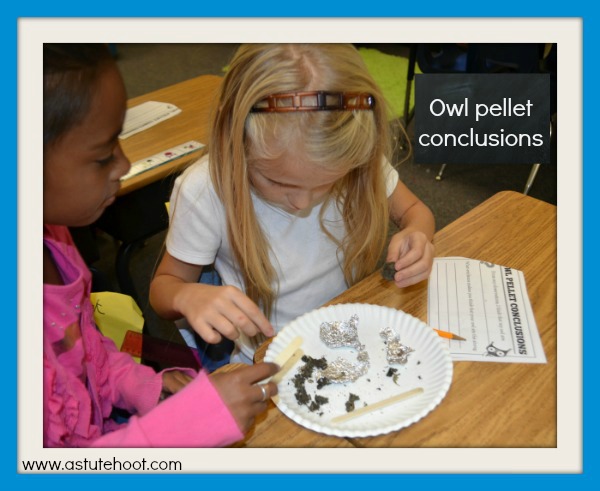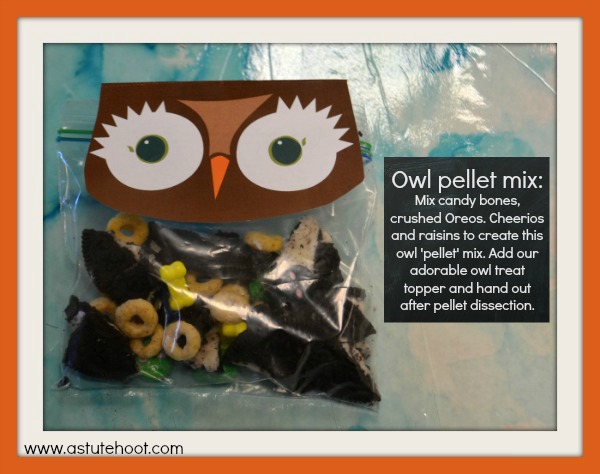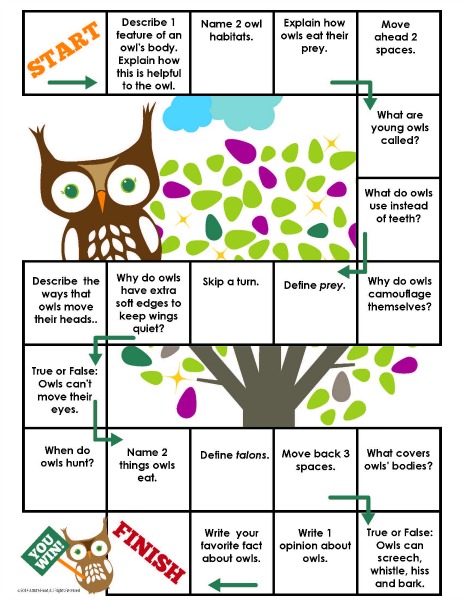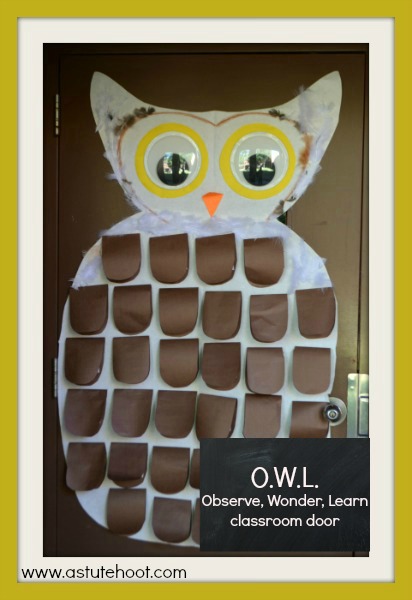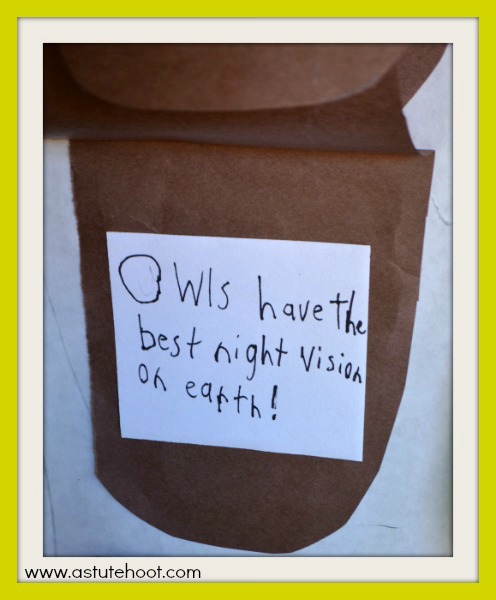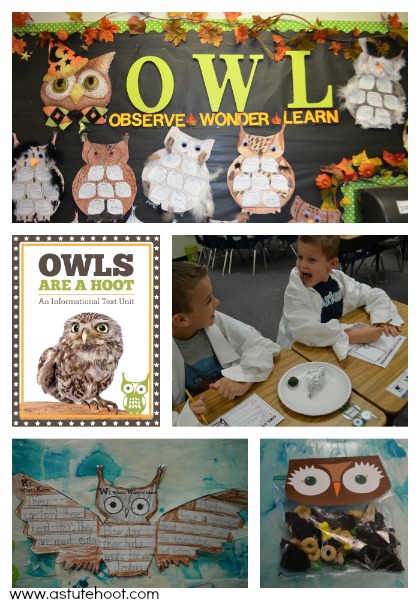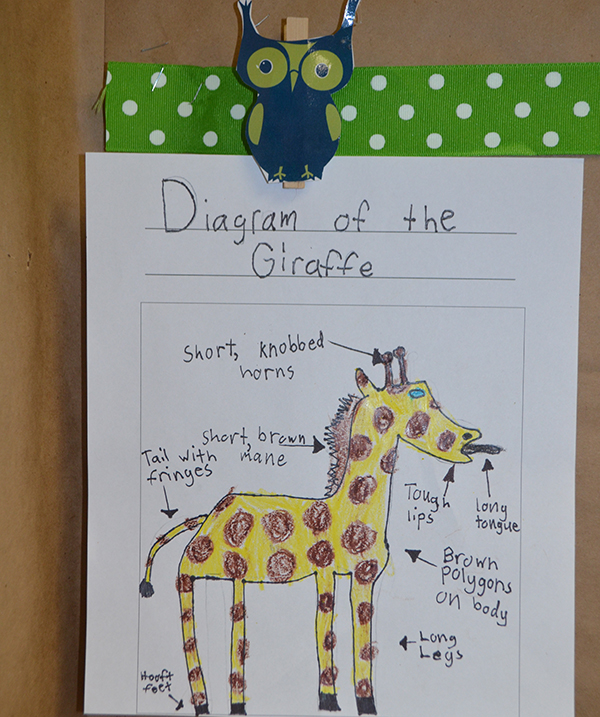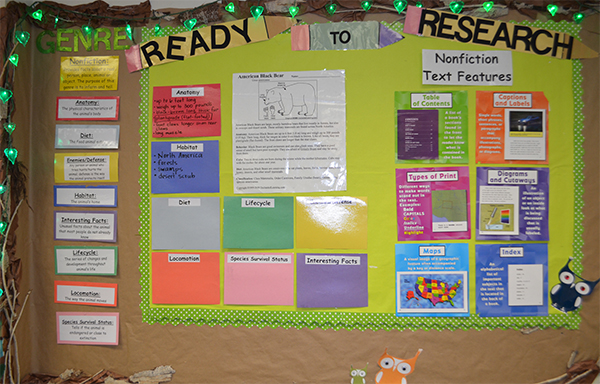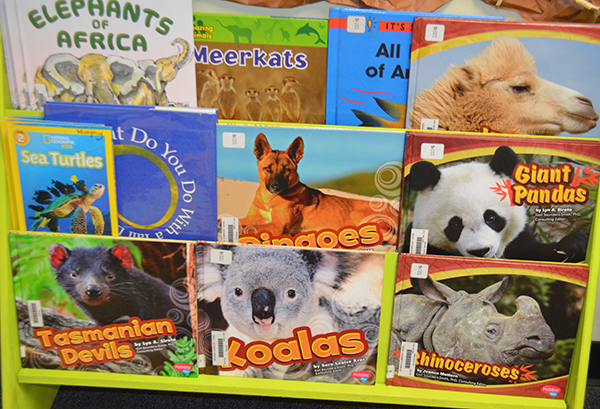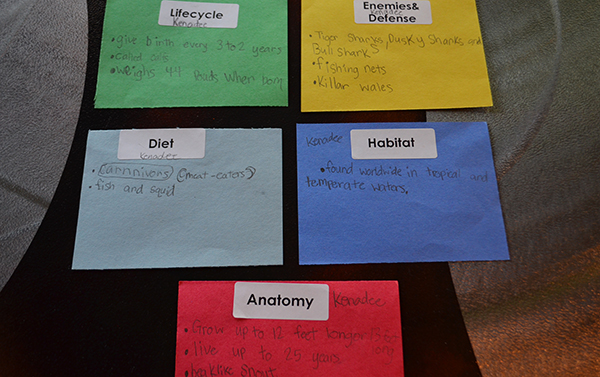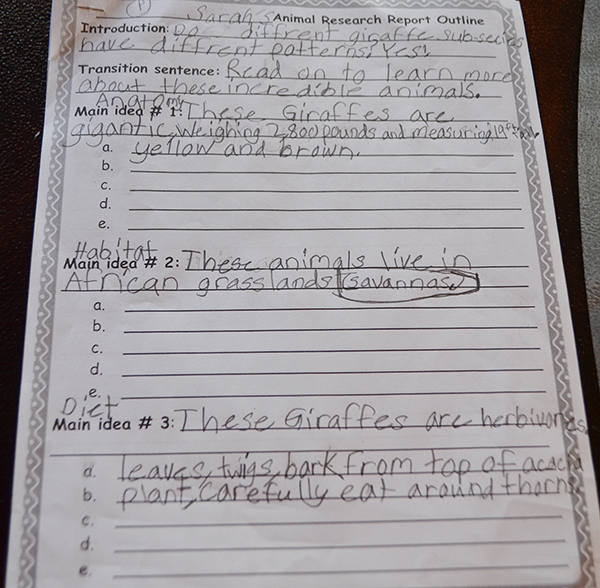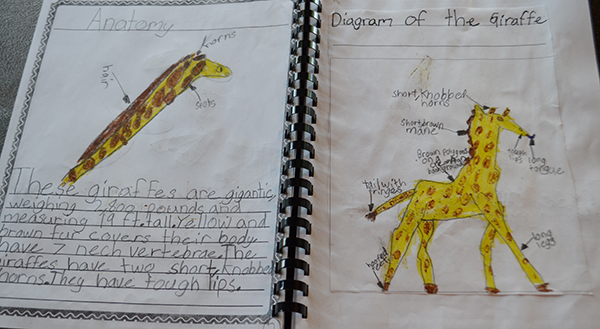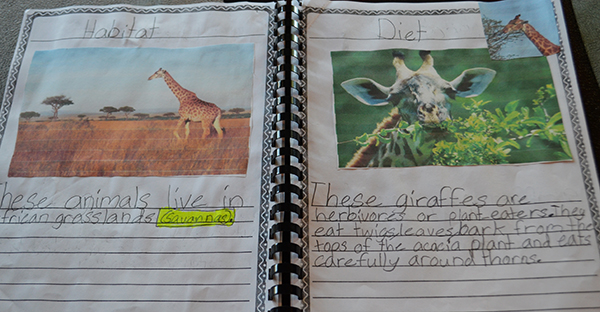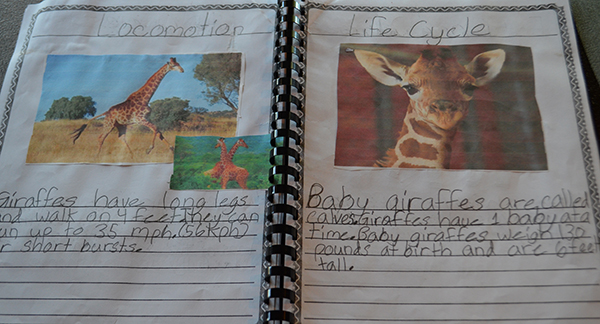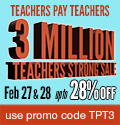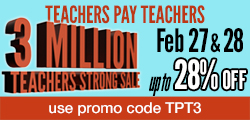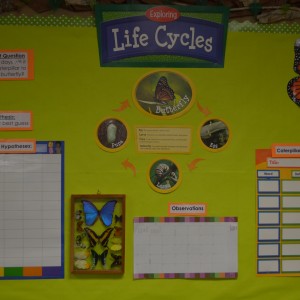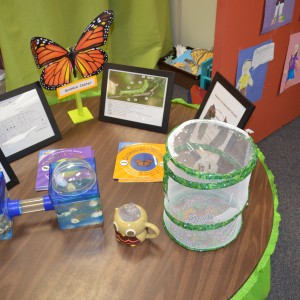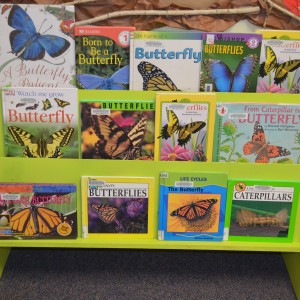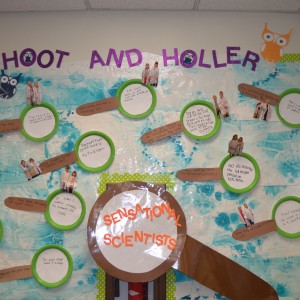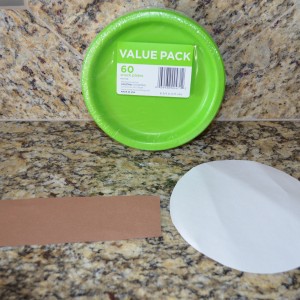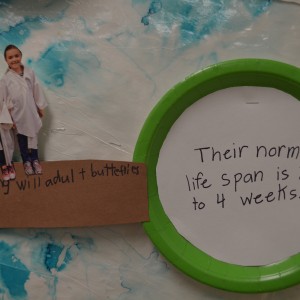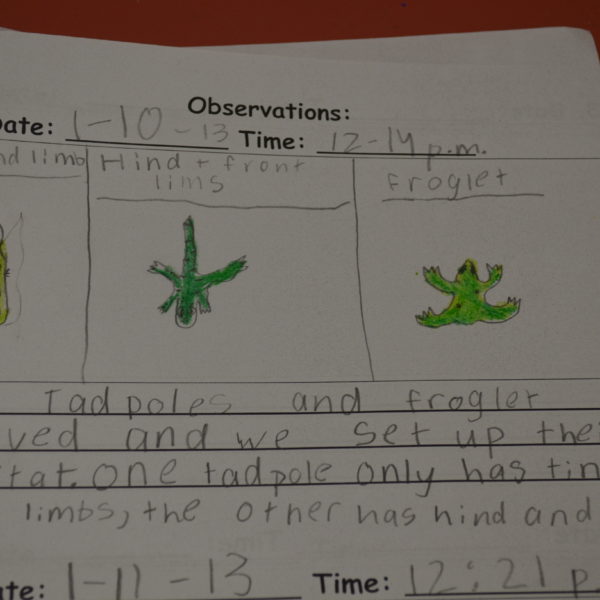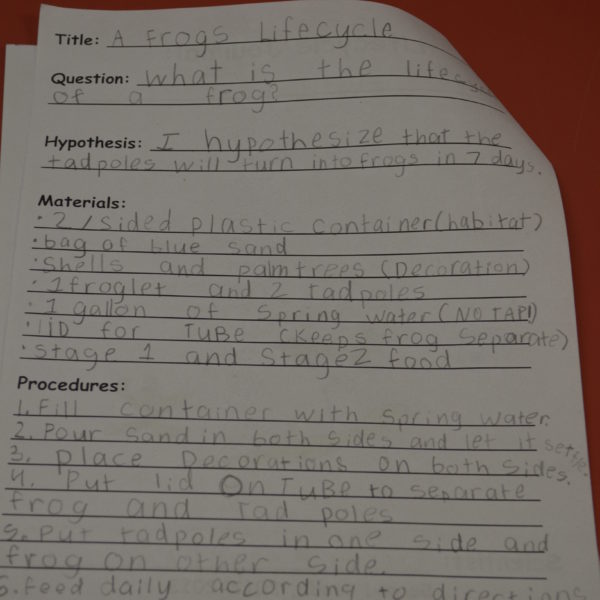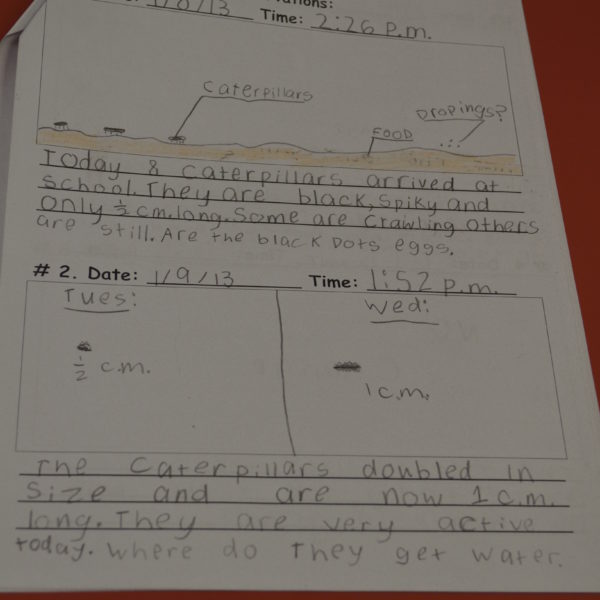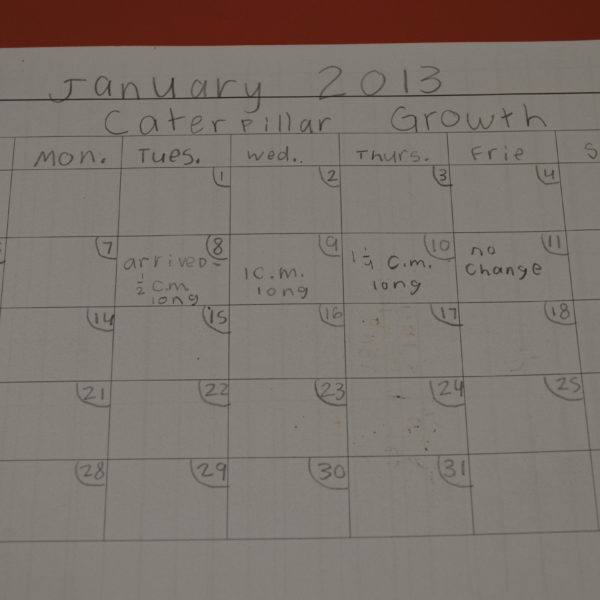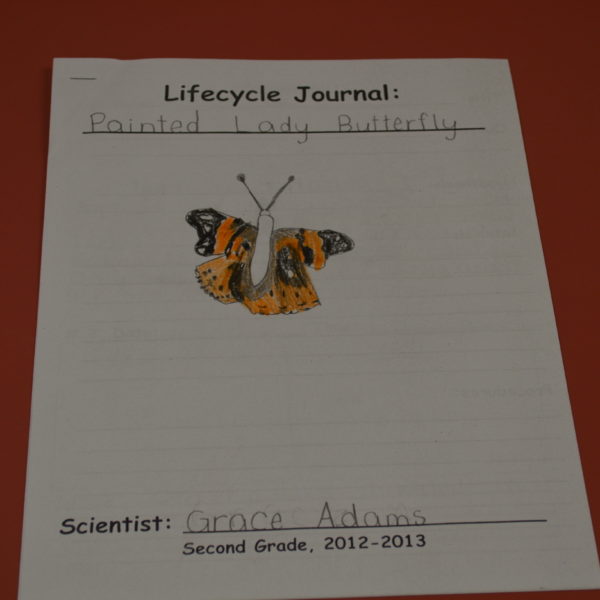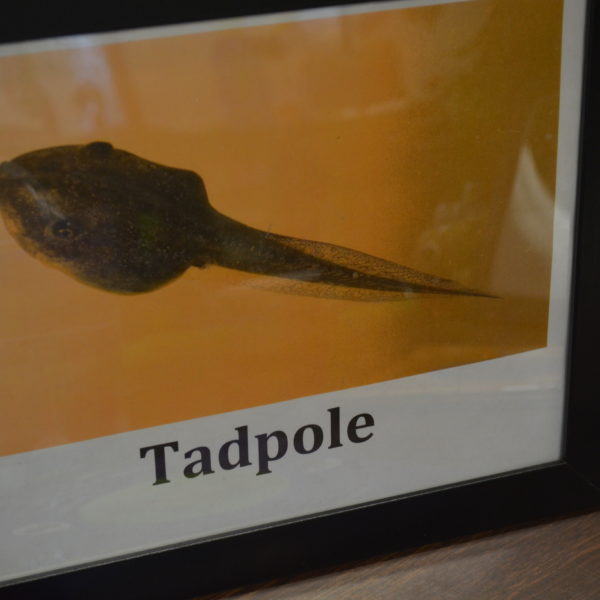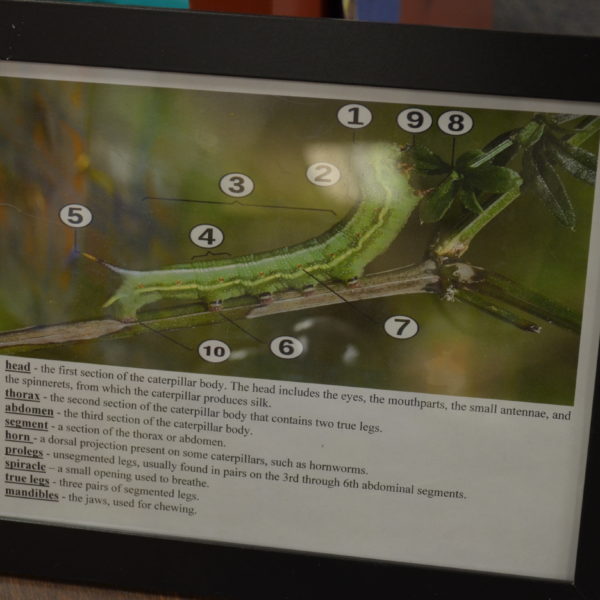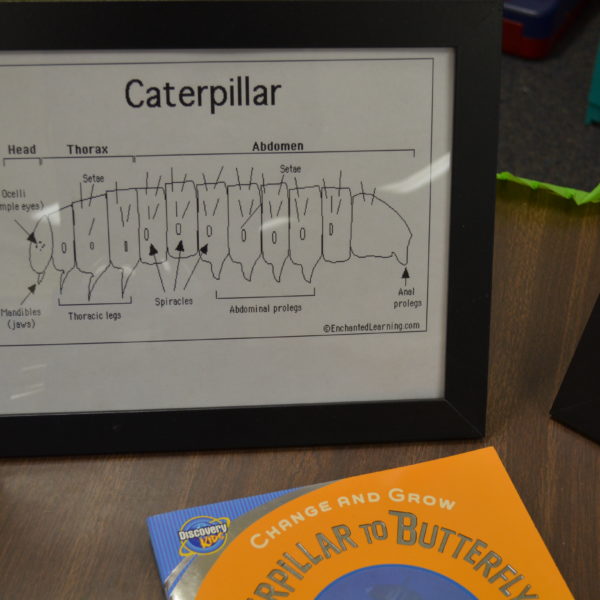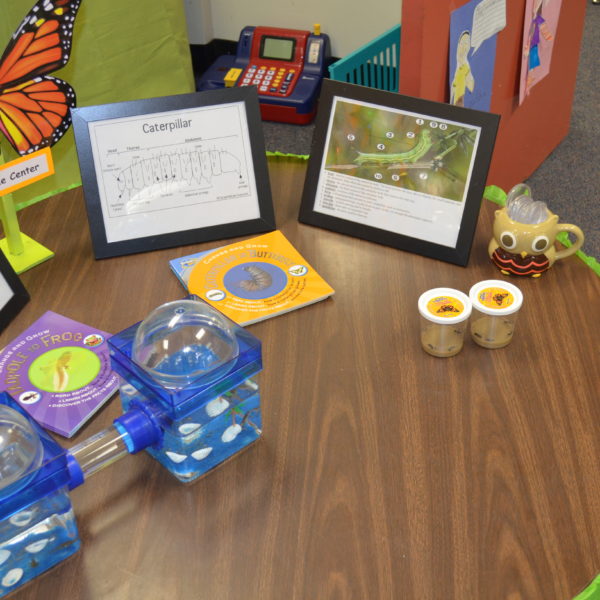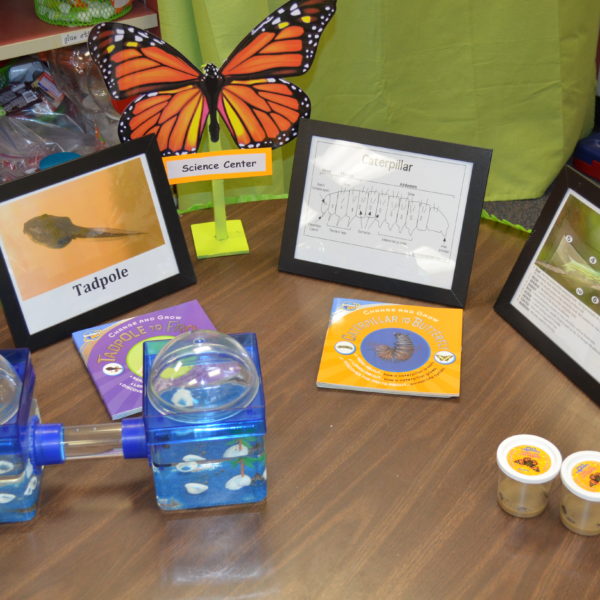The Ugly Truth About Halloween
Halloween is just around the corner and kids are focused on costumes, candy and creepy creatures–it’s enough to make you batty before Halloween even arrives! It’s tempting to use Halloween coloring pages and other fluffy activities to keep students calm and help maintain your sanity, but don’t succumb to the pressure. Here are 5 secrets for creating engaging, academic Halloween activities:
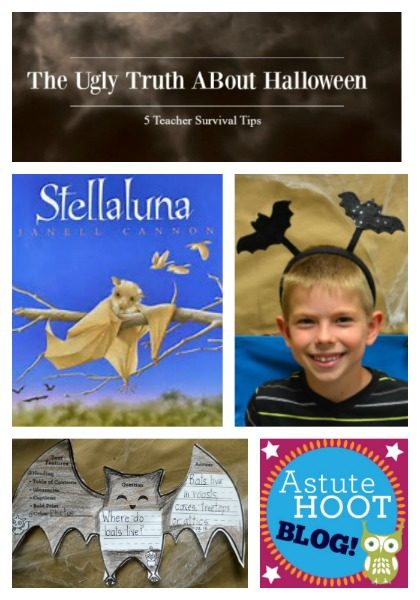 1. Select an interesting topic: Most students love bats so I created Going Batty: A Stellaluna and Nonfiction Bat Unit. This comprehensive book study centers around our reading and writing strategy animals. It engages all learners while teaching research-based, standards-aligned decoding, comprehension and writing strategies within the context of authentic text. Students retell, compare and contrast characters, determine cause and effect, use text evidence to analyze character traits, make text connections, ask and answer questions using text and participate in shared bat research
1. Select an interesting topic: Most students love bats so I created Going Batty: A Stellaluna and Nonfiction Bat Unit. This comprehensive book study centers around our reading and writing strategy animals. It engages all learners while teaching research-based, standards-aligned decoding, comprehension and writing strategies within the context of authentic text. Students retell, compare and contrast characters, determine cause and effect, use text evidence to analyze character traits, make text connections, ask and answer questions using text and participate in shared bat research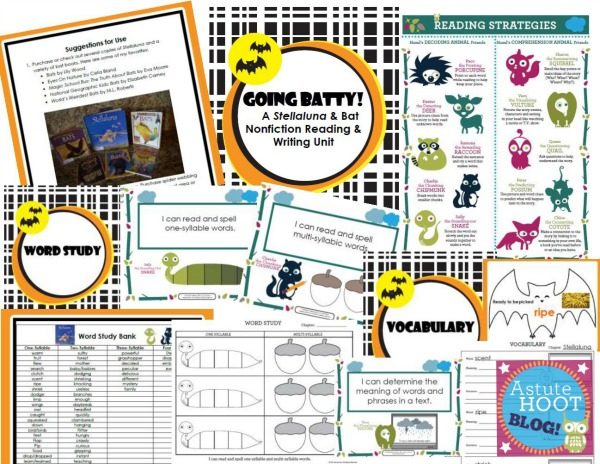
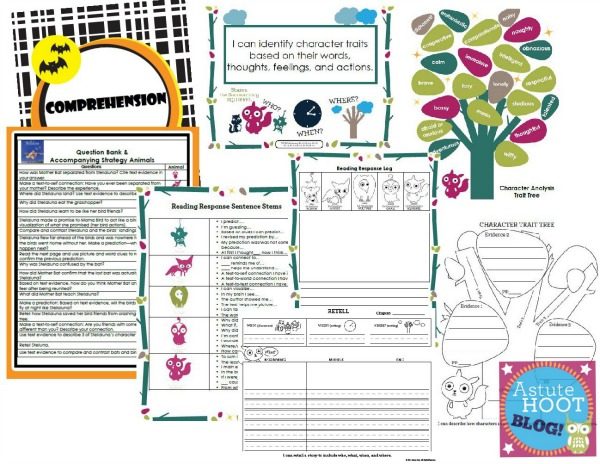
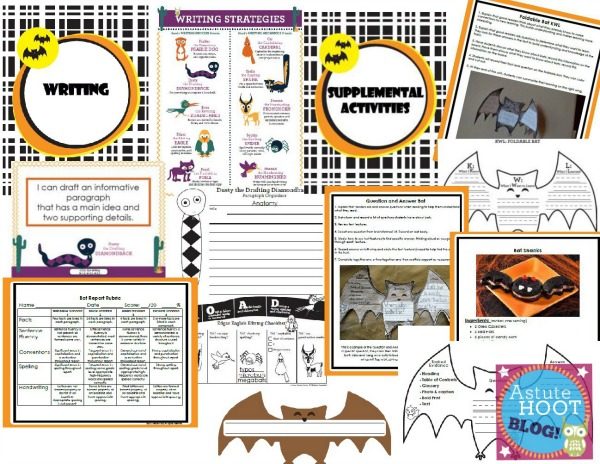 2. Decorate classroom: I turned Hazel’s Reading Roost, my guided reading area, into Hazel’s Reading Roost Visits the Bat Cave. I added a large bat from Party City and spider webbing for a creepy effect.
2. Decorate classroom: I turned Hazel’s Reading Roost, my guided reading area, into Hazel’s Reading Roost Visits the Bat Cave. I added a large bat from Party City and spider webbing for a creepy effect.
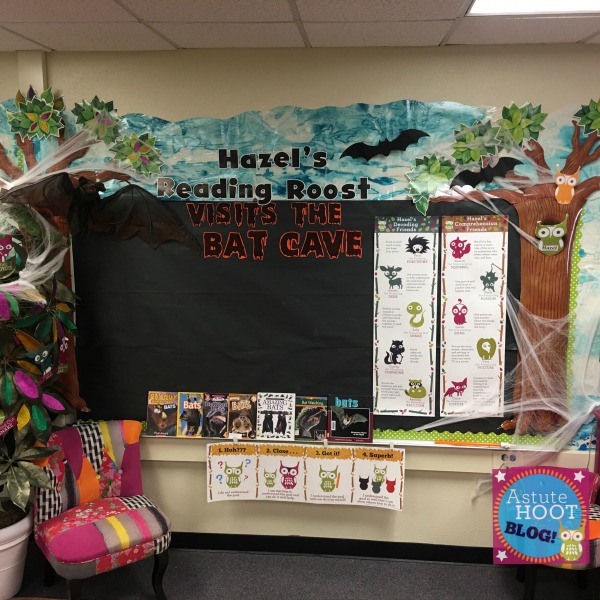
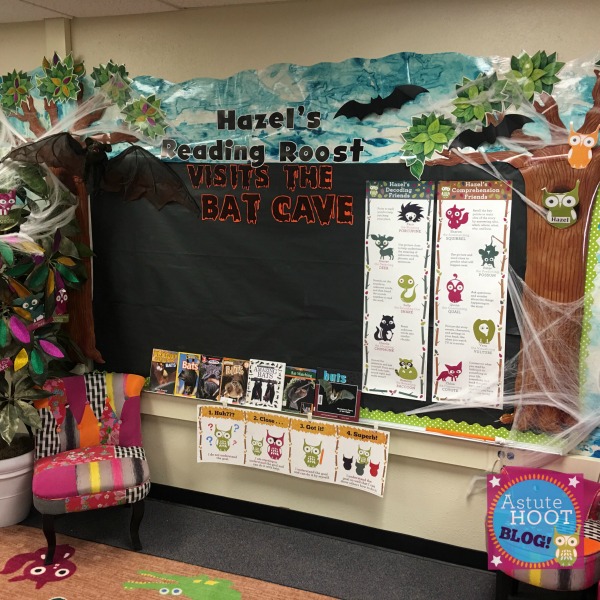 I added magnets to these 3-D bats, Beware, and Stay Out signs, all inexpensive treasures from Target’s Dollar section. I also found this adorable bat doormat at Target.
I added magnets to these 3-D bats, Beware, and Stay Out signs, all inexpensive treasures from Target’s Dollar section. I also found this adorable bat doormat at Target.
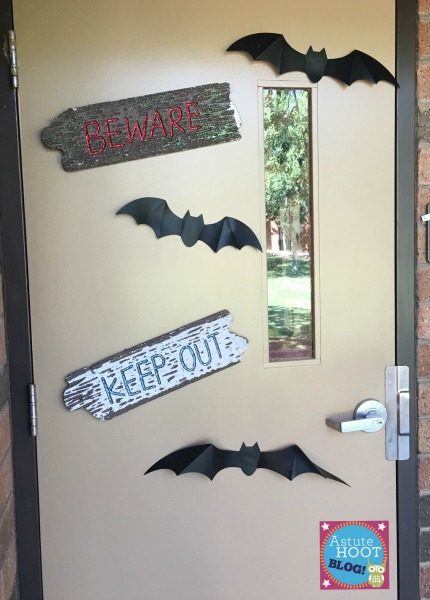
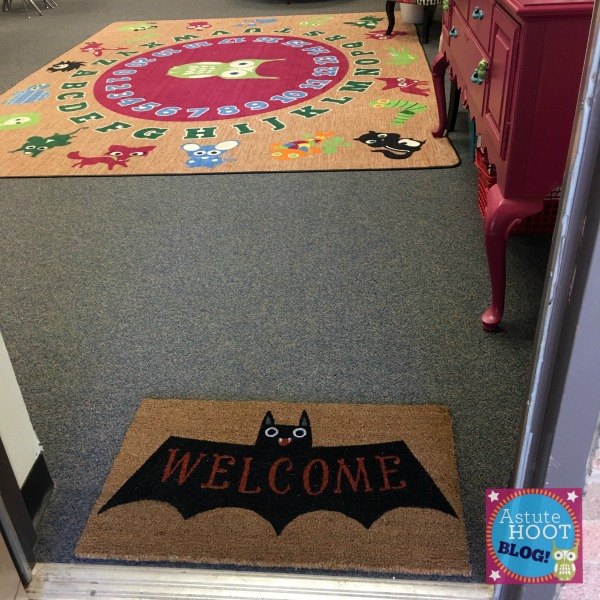 3. Incorporate dramatic play: Act out key vocabulary terms and the important events in the story to build comprehension and increase active engagement. Here are my students acting out a few Stellaluna vocabulary terms included in the book study.
3. Incorporate dramatic play: Act out key vocabulary terms and the important events in the story to build comprehension and increase active engagement. Here are my students acting out a few Stellaluna vocabulary terms included in the book study.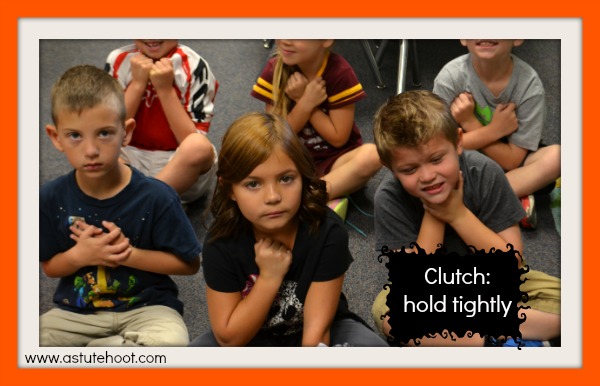
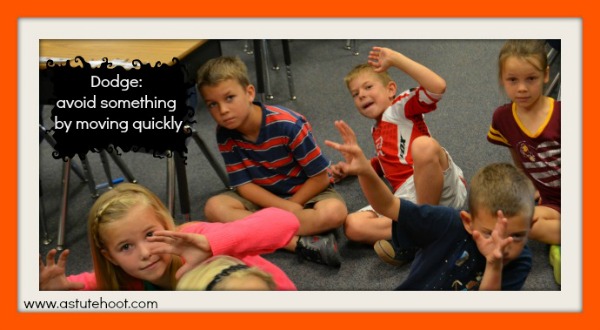
4. Integrate art: During our bat research, students ask questions, and use text features to find answers and record answers on this adorable bat foldable. After they finish writing, they color, cut and fold bats and I hang them up in our Bat Cave. In this unit, students also create foldable KWL bats and write reports on a large bat template. Students also decorate and cut out both and I hang them from the ceiling with fishing wire, giving the bats a flying effect.
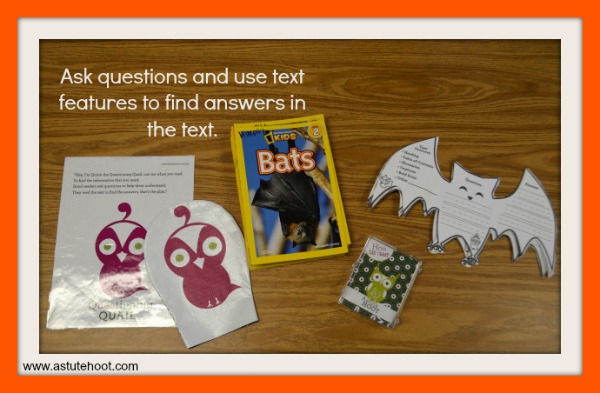
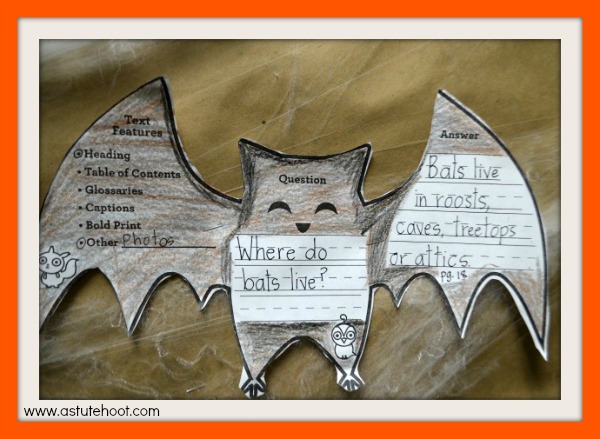
5. Add food: Bring in food items or make a theme-based snack. Stellaluna eats mangoes, so I brought in one for students to touch and smell. I passed out small pieces for students to try; many had never tasted a mango before.
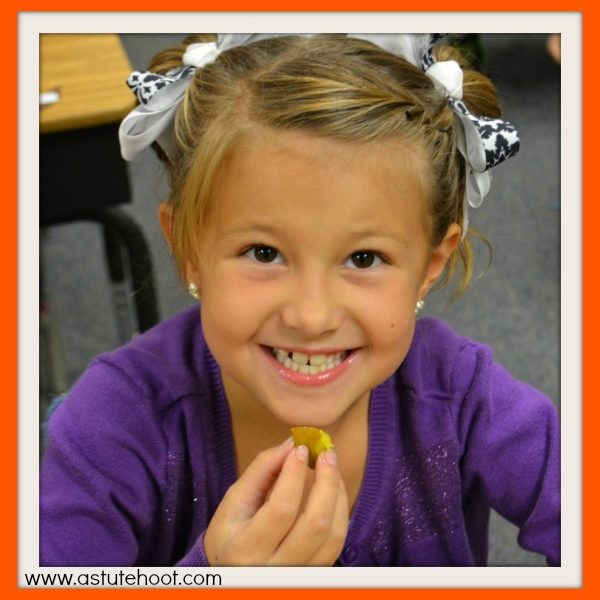
During the unit, I randomly hand out these chocolate eyeballs for on-task behavior, organized desks or any other positive behavior that I spot.
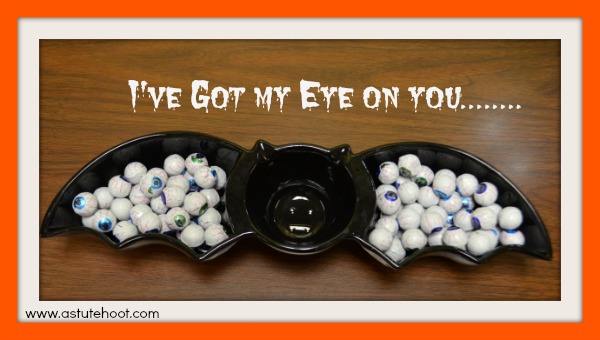
At the end of the bat unit, students read a recipe and follow directions to make Bat Snacks, one of their absolute favorite activities.
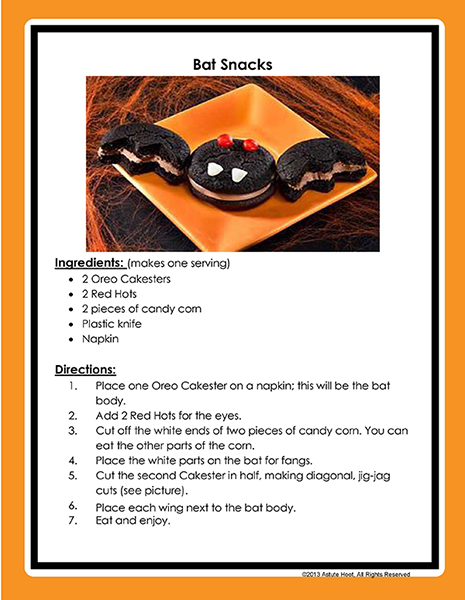
Love these ideas? Download our complete Going Batty Unit, our FREE Bat KWL foldable and FREE Bat Name Tags, all guaranteed to keep students actively engaged in learning during the Halloween season.


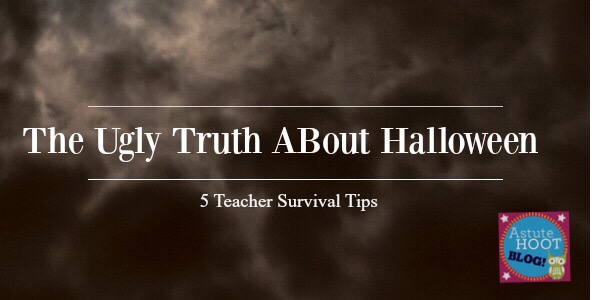
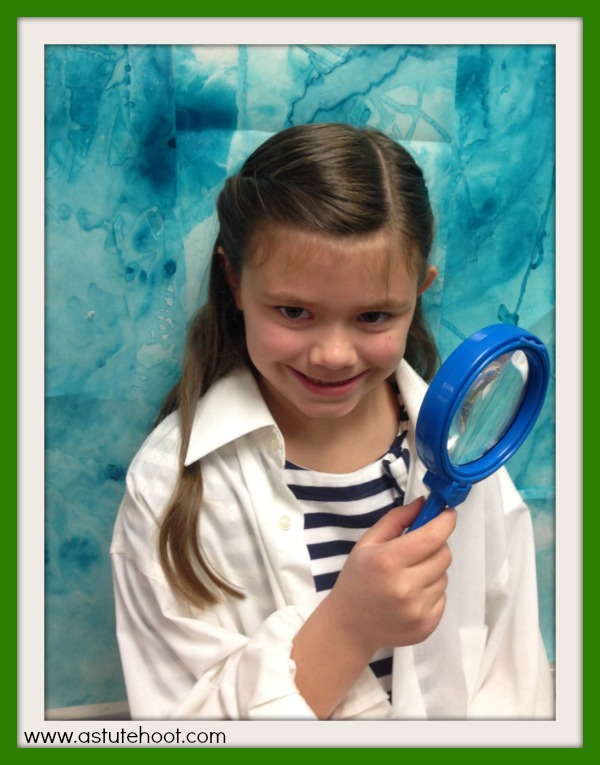


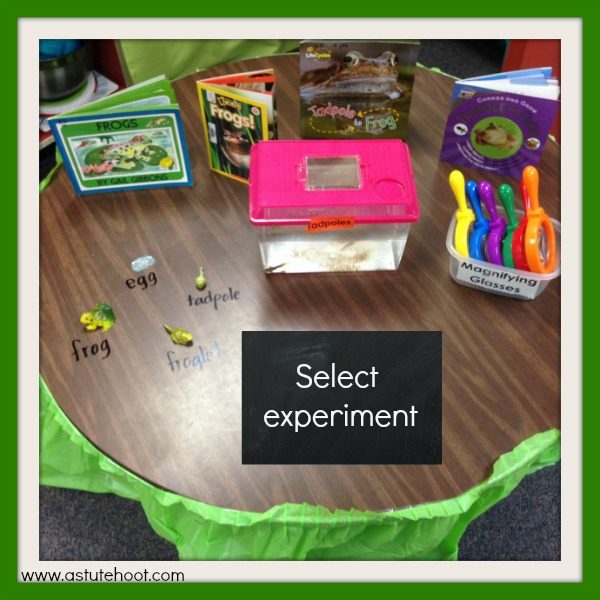
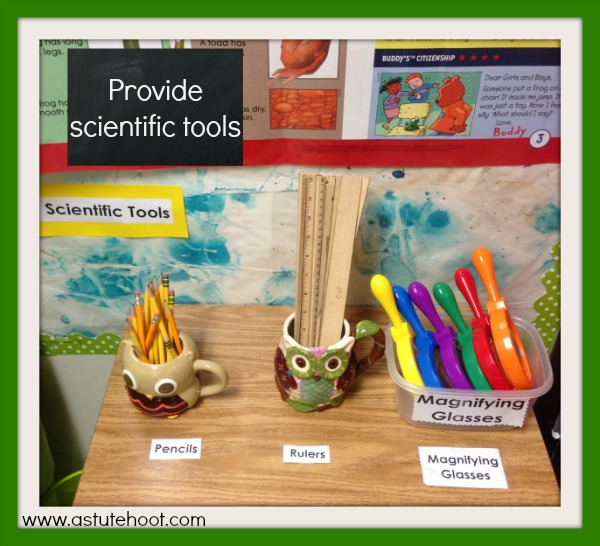
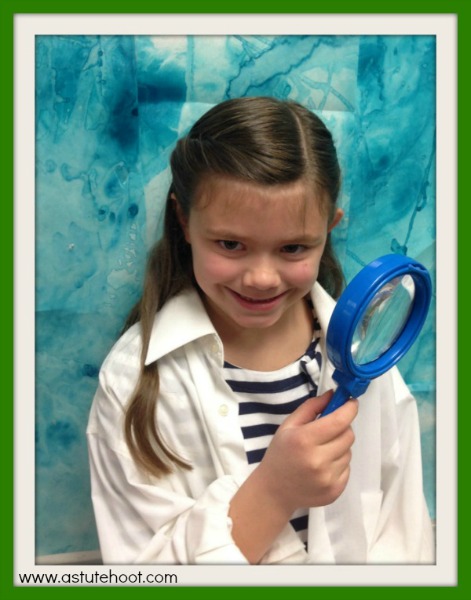
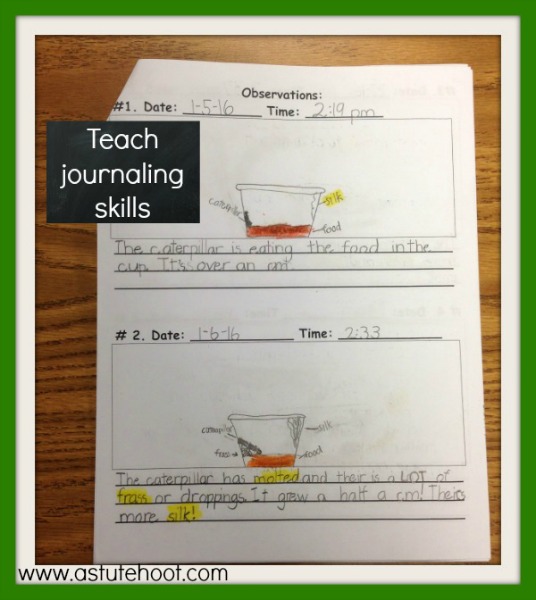
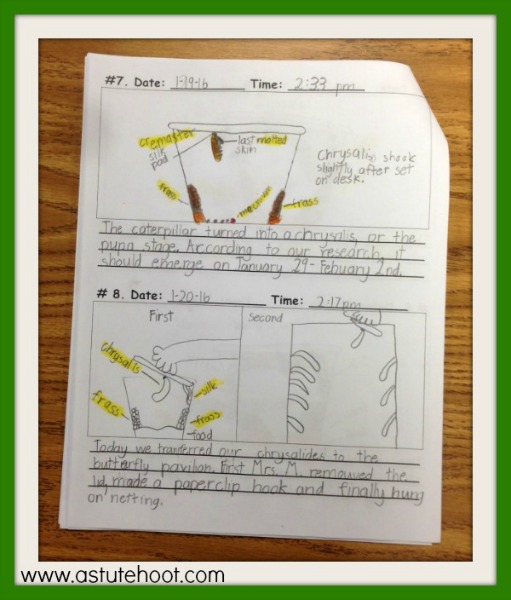
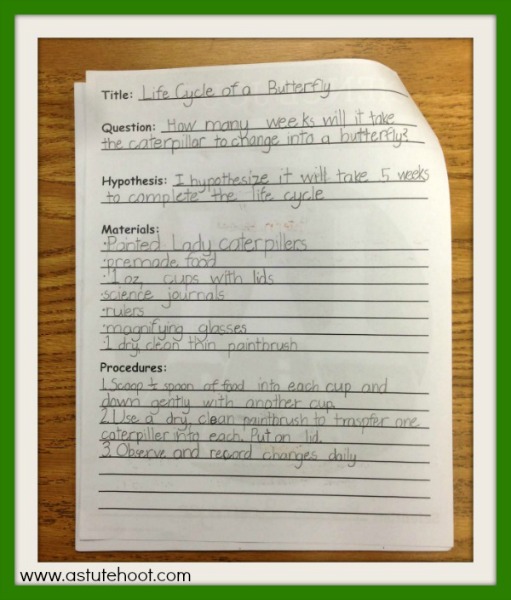
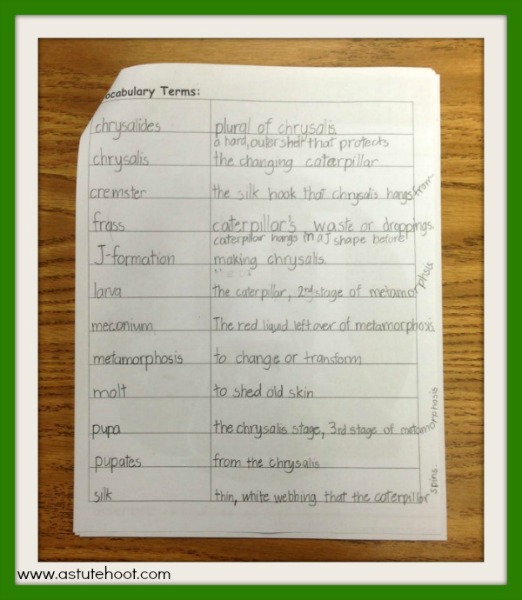
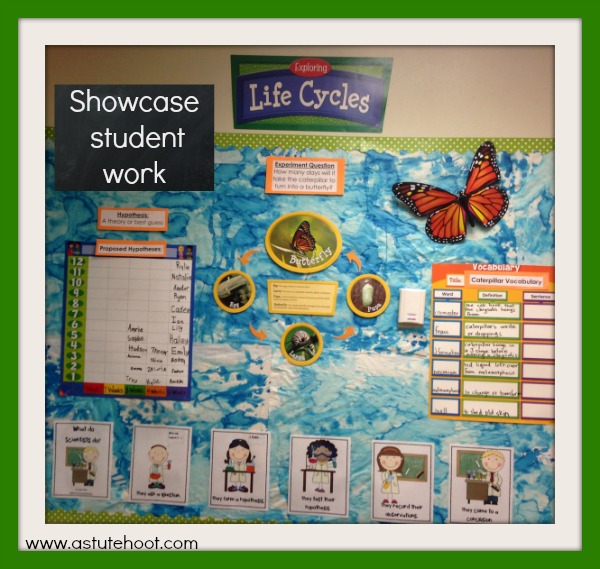 My students made these “Meet the Scientists” for our Science Fair night. They were a huge hit!
My students made these “Meet the Scientists” for our Science Fair night. They were a huge hit!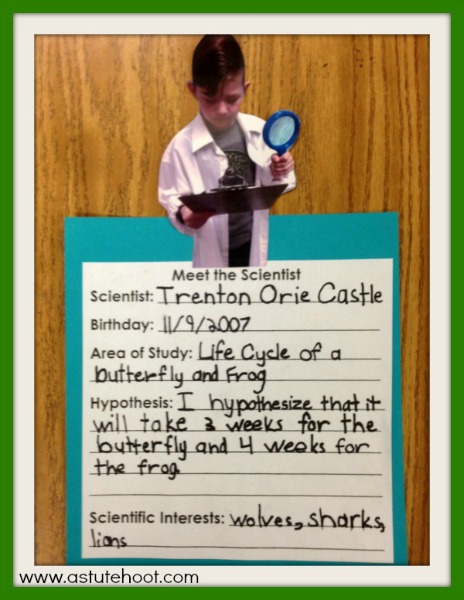
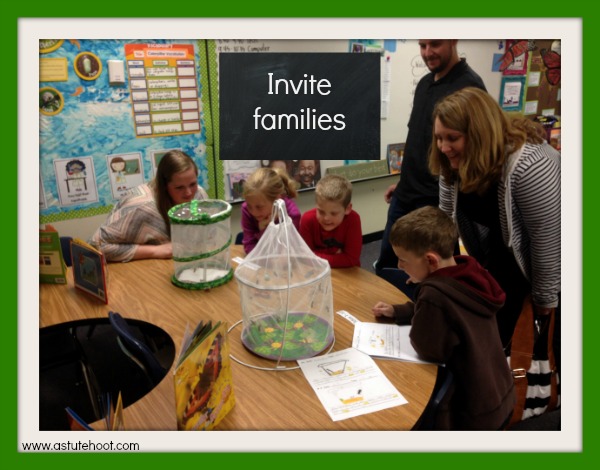
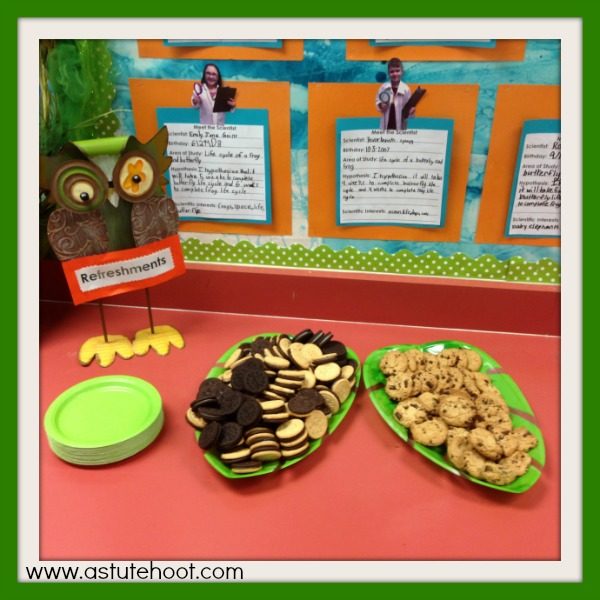 I’d love to hear your great Science Fair ideas!
I’d love to hear your great Science Fair ideas!